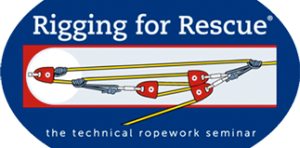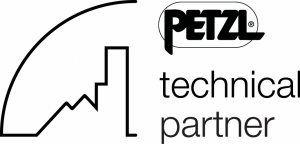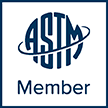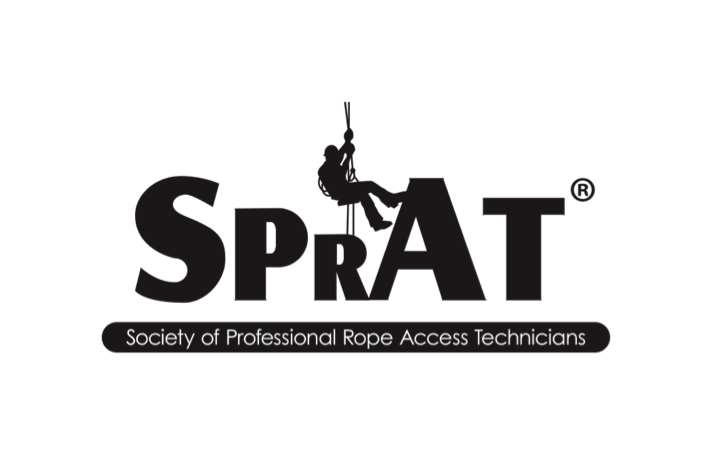Ouray Mountain Rescue Team
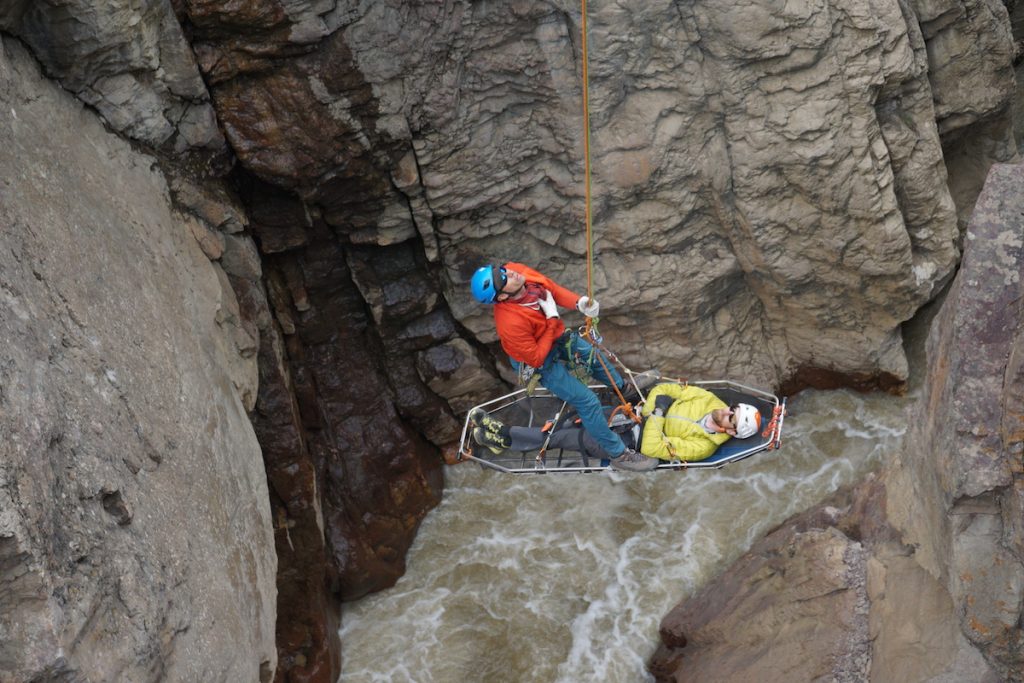
Earlier this spring we had an opportunity to train with our local team – the Ouray Mountain Rescue Team (OMRT). OMRT is responsible for a broad cross-section of technical rescue scenarios that include: OHV/ATV accidents on the 4×4 Ouray County roads MVAs off of the precipitous Highway 550 between Ouray and Silverton Hikers/Scramblers on the numerous trails and peaks in the area Ice climbers and rock climbers in and around the Uncompahgre Gorge And recently Via Ferrata recreationalists on the newly erected via ferrata course in the Ice Park gorge Following some review of the fundamentals, we delved into the nuances of artificial high directional construction and use, climber pickoffs, and upper attendant litter attending technique. OMRT recently settled on the Petzl Maestro as their mechanical rescue device of choice for their front-country rescue response. We spent a good segment of the training focusing on Maestro mastery. Additionally, we also cracked out the 9.5mm rescue ropes for our climber pickoff day and the VT Prusik combined with a climbing DCD (i.e. Reverso or ATC) was the system for both descent control and fall arrest. Our last exercise was a Deflection Line aerial suspension system for accessing a specific component of the via ferrata course in the Ice Park gorge. One of the components is an angled suspension bridge that we wanted to develop a pre-plan for in the event of a rescue call. The Deflection Line was the right tool for the job. Somewhat similar to a Cross-Haul, it includes four ropes-in-motion. The technique lends itself to an offset in height from one end station to another. A Kootenay Carriage is utilized to pull in or let out in order to focus the Y-axis of the attendant/patient package on a specific pathway in free space. A Deflection Line offers similar control of live load positioning as a reeving variation of a Kootenay Highline System. Included below is a video of the Deflection Line in action.
Denali Climbing Rangers
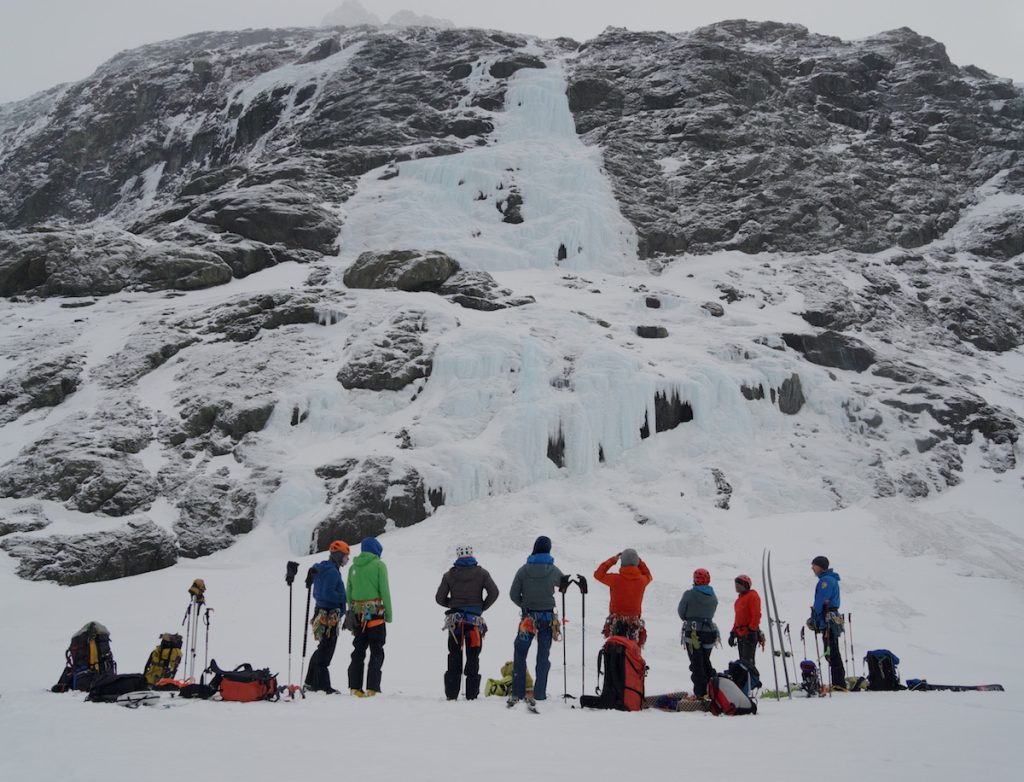
What a treat to be back up in Alaska for a technical ropework seminar with the Denali NPS climbing ranger cadre! Rigging for Rescue has had the privilege to work with the Denali rangers for over 20 years running. The Denali climbing rangers marshal together a quiver of highly specialized skills in order to capably perform their jobs effectively – backcountry skiing, glacier travel, crevasse rescue, ice climbing, helicopter short haul, winter survival, and rope rescue in an inhospitable environment. There may not be more remote and austere mountain rescue terrain anywhere in the country. New to the Denali program this season is the acquisition of an Arizona Vortex artificial high directional device. The Vortex was a high priority for briefing and training on at RfR 2022. The rangers perform crevasse rescue on a regular basis in their mission profile, but some of the call-outs can prove to be quite involved. A couple of seasons ago they had to go so far as to fly in a generator and pneumatic chisel from Talkeetna Fire Department in order to free the wedged crevasse fall survivor. The Vortex will likely prove to be a game-changer for certain future crevasse fall missions. We added some customization for snow applications by employing three 18” square ¾” plywood segments as foot platforms to prevent sinking into the snowpack. The raptor feet proved to be quite stable in a carefully notched slot in the center of the plywood footers. Rigging for Carpentry! Our final project was a multi-pitch ascent and 2-rope rescue descent of the mighty Mitre Mite ice climb near the toe of the Eklutna Glacier in Chugach State Park. The Mitre is a true plumb of an ice climb and it was in phat conditions. We ascended as three parties of three spread out across the very wide ice flow. At the base of pitch 4 we gathered as one team and began the litter-based egress, multi-pitch off of ice screws and v-threads. It was a great challenge to weave together the entire week’s worth of movement and ropework skills into a realistic scenario on superb terrain. Thank you Denali climbing rangers for a great week and we look forward to next season. Berg heil!
Ingram Falls
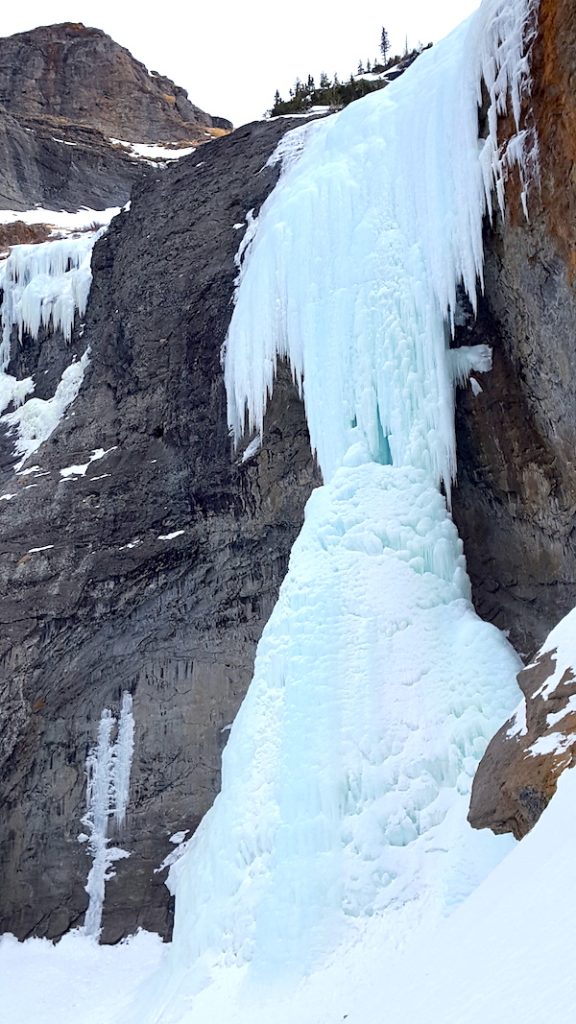
The backcountry ice in the San Juan’s delivered in spades last week with an ascent of the classic Ingram Falls above Telluride. Ingram seems to form only once or twice a decade. It is a prize tic, when you can get it. Solid WI5 on the second pitch and some sandbag avocado leaves to negotiate on pitch one. Our last Waterfall Ice Rescue Workshop for 2022 is scheduled for the week of Feb 21-25. We still have a couple of remaining spots.
Waterfall Ice Rescue in Ouray
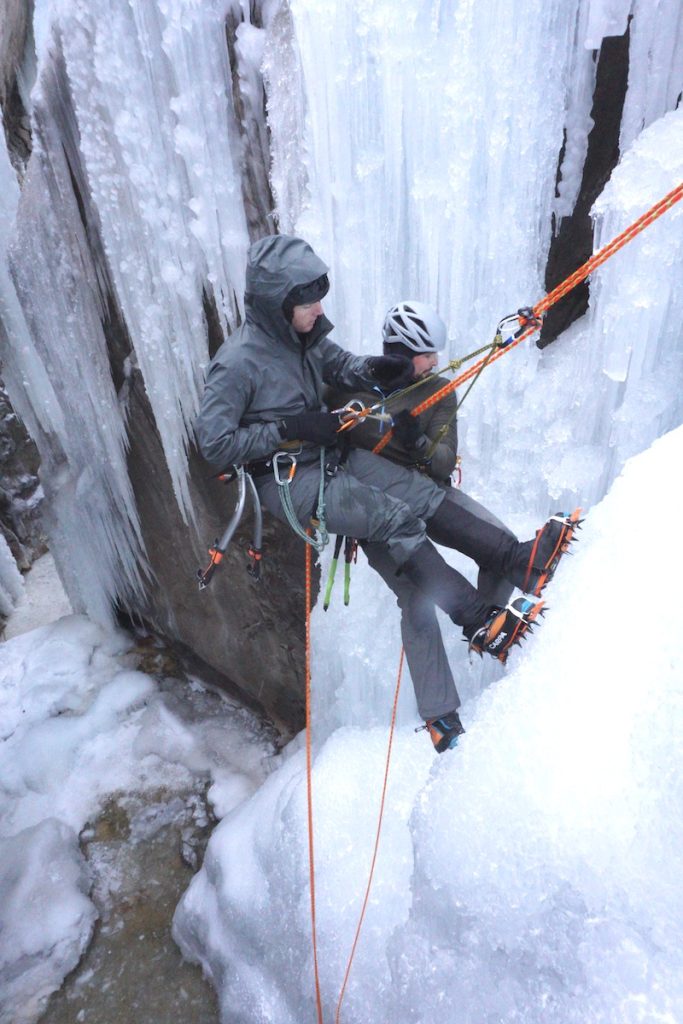
These past two weeks have been busy with Waterfall Ice Rescue Workshops. The workshops are a blend of ice climbing movement skills, partner rescue, and small teams rescue. All in the waterfall ice and alpine domains. An added bonus included the Ouray Ice Park opening up some of the first new terrain in the Ice Park in many years. The Cliffs section -located between South Park and New Funtier – was finally brought to fruition this season as a lead-only section of the Park. Following a rescue training for that section of the Park, the Cliffs were opened up for a handful of first ascents.
October on the North Atlantic
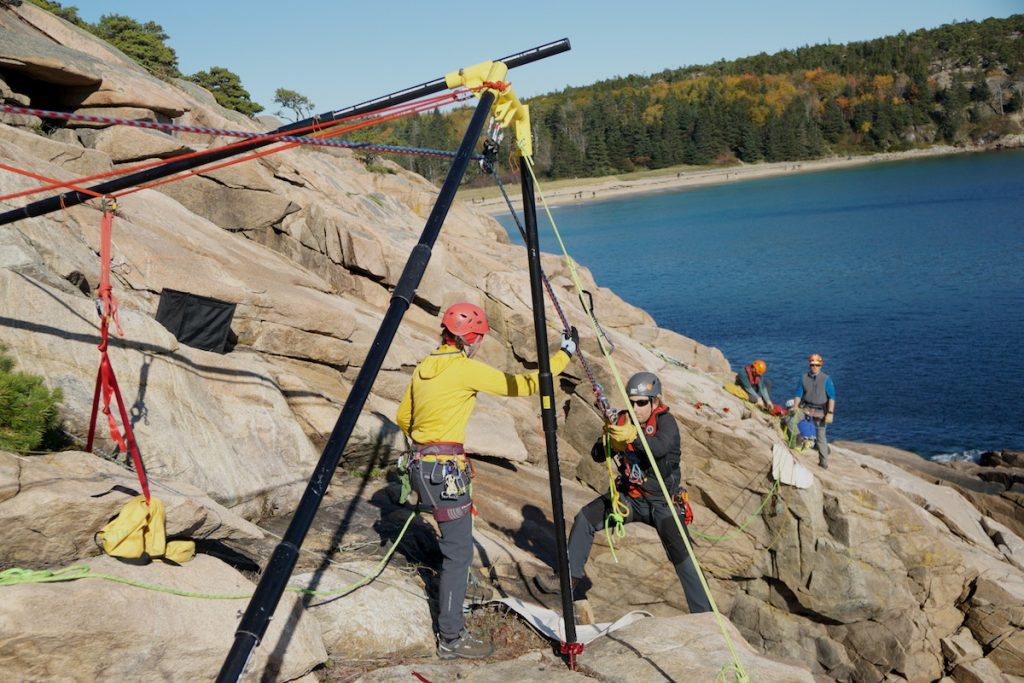
Every other year we have the pleasure of returning to Acadia National Park to train with personnel from across the Great State of Maine. The seminars are arranged as open enrollment events to teams across Maine who are responsible for rope rescue response in their respective jurisdictions. It ends up being a terrific team-building week as many of these practitioners frequently work with each other on larger agency assist calls. Familiarity with each other’s systems is critical to mission success on mutual aid calls. The host team for the training week is MDI SAR. MDI works closely with the NPS rangers in Acadia to provide mutual aid response to incidents in the Park. Acadia has some excellent sea cliff rock climbing that generates occasional rescue incidents. Additionally, there is an abundance of opportunity to find oneself in trouble from scrambling on the various granite features encircling Mount Desert Island. In addition to the Fundamentals, we also covered some more technically challenging scenarios utilizing artificial high directional devices as well as a Cross-Haul 4-rope system for spanning high hazard terrain (in this case, the North Atlantic). The Braced Sideways A-Frame technique proved to be tailor made for this particular escarpment given the absence of a guying option on the ocean side of the AHD.
SPRAT in Ouray
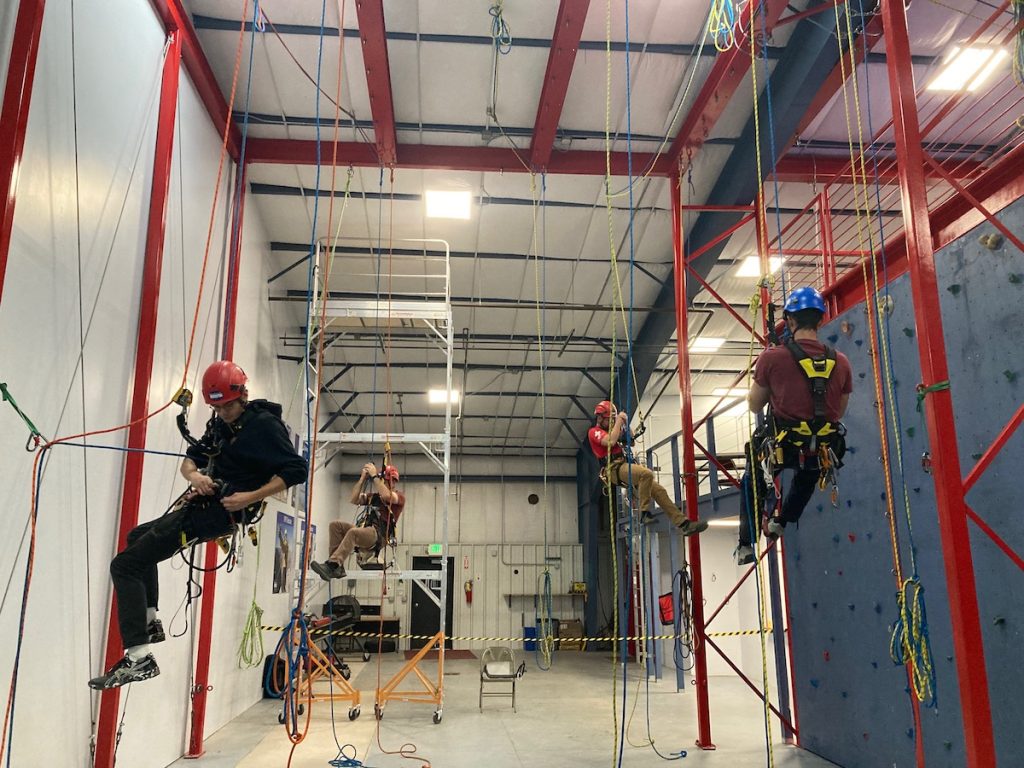
Last week we hosted the first of two autumn SPRAT rope access training and evaluation sessions. 100% of the candidates passed their evals and are now certified SPRAT rope access technicians. Our next offering is Nov 30-Dec 4, 2021. We are welcoming SPRAT upgrades, recerts, and new Level 1 candidates. Please consider joining us for a week of rope access maneuvers followed by an independent evaluation/certification session.
Jenny Lake Climbing Rangers
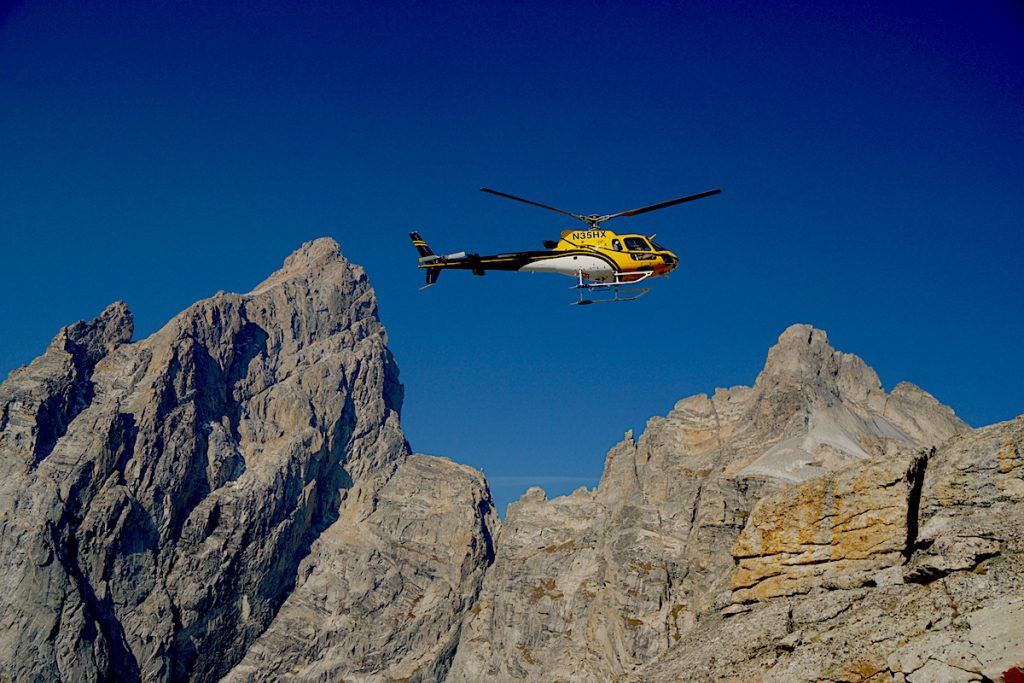
The weather gods took care of us last week with some rock solid high pressure and bluebird skies for our annual training event at Grand Teton National Park. The highlight of the week was utilizing the contract helicopter to ingress personnel to the top of Peak 11,840 for a multi-pitch lowering exercise down some unknown ground. The peak is situated between Teewinot and the Grand Teton and it appeared to offer a very steep/clean south face for our training exercise. The Jenny Lake Climbing Rangers are responsible for rescue in Grand Teton NP. The team relies on a variety of techniques for effectuating rescue efforts including helicopter short-haul, traditional rope rescue methods, and hybrid methods that utilize both ground and air approaches. Multi-pitch rescue methods in a Big Wall environment like Peak 11,840 require a number of approaches to be conducted safely and efficiently: protecting for overhead hazard by off-setting station positions relative to the gravitational fall line and/or park yourself under a big roof deploying personnel down the wall in advance of the patient/attendant to scout out station positions and anchoring options avoiding terrain traps such as gullies as well as rope pinch points maintaining a rope connection from one station to the next. Basically, never find yourself positioned on a Big Wall without a secure rope connection either above or below and as always: crisp command & control, thorough cross-checks of systems, and a shared team vision for what needs to happen next The Jenny Lake Climbing Rangers are some of the best in the business at conducting difficult alpine rescue missions. Once again, it was our pleasure to be able to spend a week in the mountains with them honing the details and nuances of challenging rope rescue scenarios.
West Metro Fire
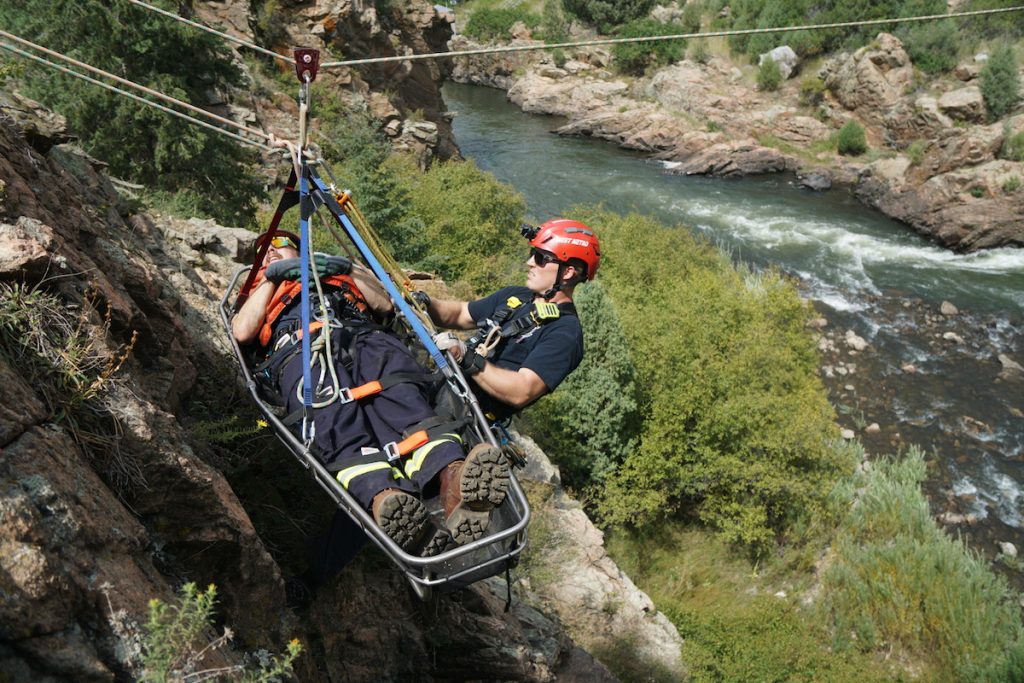
This summer’s West Metro Fire training event followed an A,B,C shift rotation of 2-days each shift. The focus was on swiftwater-related ropework and rescue solutions for both pickoffs and patient transport. Our first scenario was a traditional Guiding Line through steep slope ground to a river crossing. At the river, we unstrapped the patient’s litter restraints (for the obvious swiftwater hazards) and we added an opposite side Tagline for the uphaul out of the belly of the trackrope system. I suppose you could call it a Guiding Line to Kootenay Highline System conversion. The second scenario was a traditional drooping twin-track Kootenay Highline System, utilized for its variability in tension for executing a swiftwater pickoff of a stranded recreational kayaker, or similar. Waterton Canyon was an optimal location for our training focus. Thank you, West Metro Fire technical rescue!
Sunny Seattle!
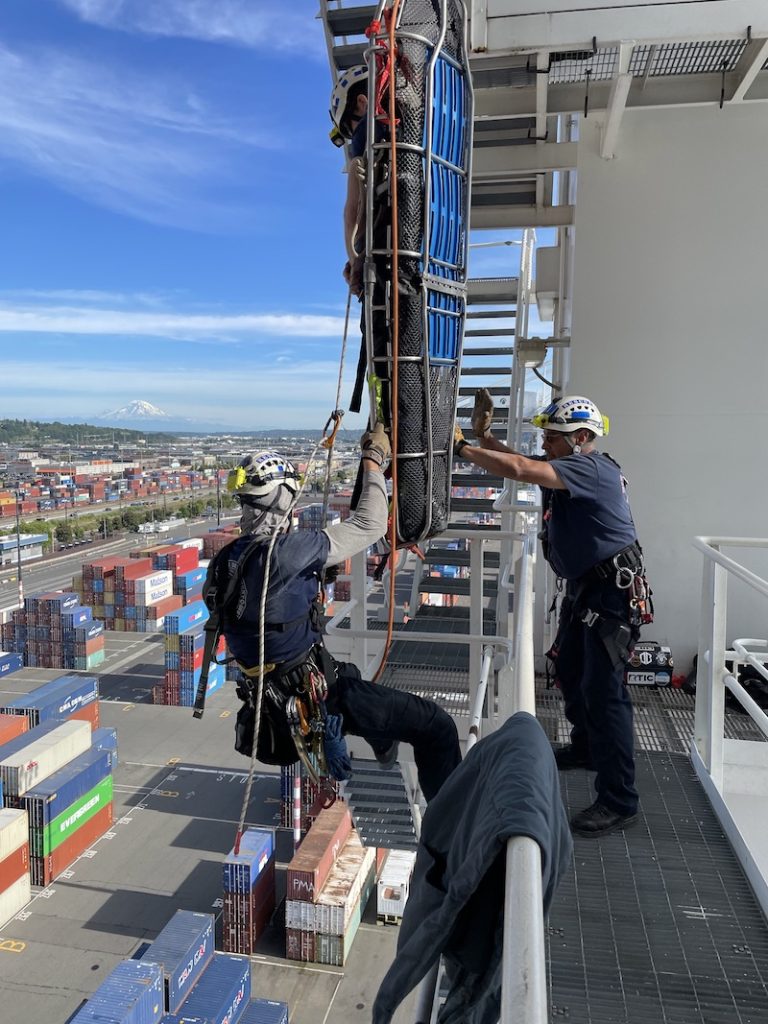
We recently finished a fantastic week with Rescue 1, Seattle Fire Department. The commitment to excellence and dedication to the mission within this Company – and entire Department- is remarkable. Our objective heading into the week was clear: deliver a set of experiences that challenged reliance on gadgetry; focus on fundamental principles of rigging and ropework; and facilitate a healthy discussion regarding equipment choices & training progressions as they relate to Mission Profile. We began with an in-depth discussion of rescue kit selection. The team worked every scenario with the gear chosen for their harness – a Small Teams type of approach. Lengthy discussions took place regarding terminology such as mirrored systems, two-tensioned rope systems, single main/separate belay, DCTTRS, etc. In the end it was decided that the name matters little, but effectively mitigating legitimate risk is what will win the day. Just how strong does the anchor need to be? Why 10:1…and how can a Company reasonably deviate from it? Everything comes back to managing the right risk at the right time. With thoughtful kit selection and a training progression focused on system simplicity, even the most difficult rescue scenarios can be efficiently solved. It was an honor to work with such a terrific group of professionals. Our hat is off to Rescue 1, Seattle Fire Department.
In the land of fire and ice

We wrapped up the second training workshop with ICE-SAR team members to include some volcanic rock crevasse rescue scenarios, utilizing an artificial high directional. My hosts took me out for a nice hike to the active volcano on the way to the airport. Getting that close to a fresh river of molten lava was an unforgettable experience. Thanks, ICE-SAR!
